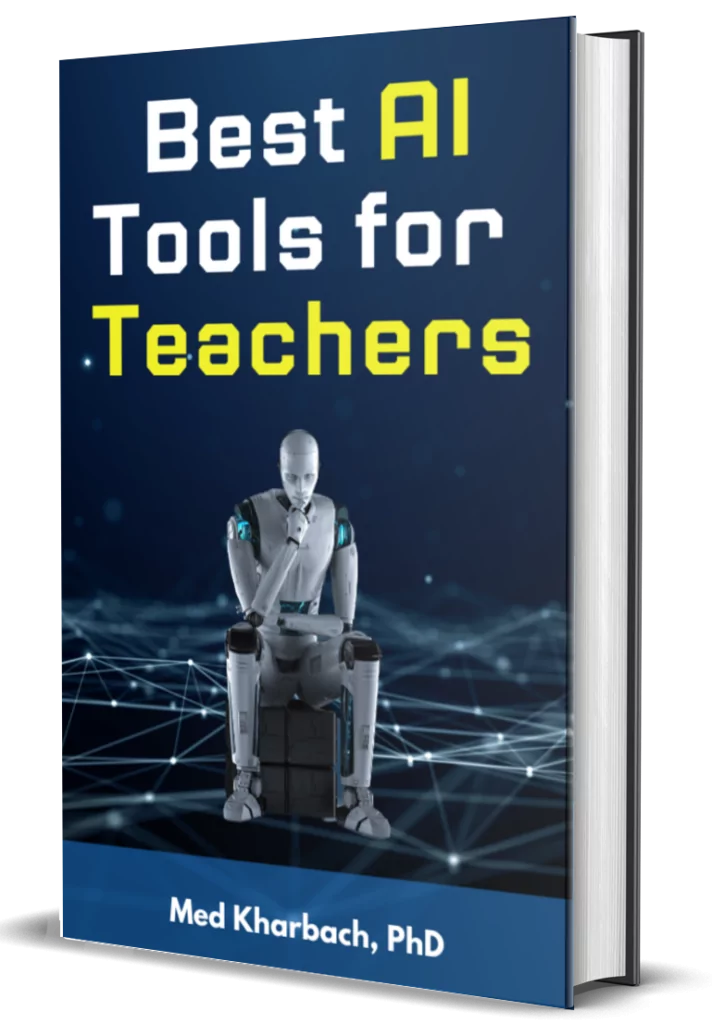Updated in April 2022
Looking for ways to create custom storyboard templates to use with your students in class? This lesson from Applied Digital Skills (by Google for Education) has you covered.
Make a Storyboard in Google Slides is a free lesson from Applied Digital Skills that you can use to teach students how to create storyboards using Google Slides. By definition, storyboard is ‘a visual representation of a sequence of events’.
There are various ways students can can use storyboards: for instance, they can create storyboards to summarize the narrative structure of a novel, a book, a movie, a short story, etc. They can also use it to visually demonstrate the sequences involved in a developmental process (e.g., a scientific experiment) or to document a historical event.
The process of creating a storyboard template is simple and easy. All students need is access to Google Slides and Applied Digital Skills website and follow the step-by-step instructions provided in the video.
By the end of the lesson, students should be able to ‘identity and analyze the plot of a narrative, create digital presentations to visualize the structure of a narrative’, understand the different components of a storyline and how they are organized, and more.
As students work on creating digital storyboards they get to learn and practice a number of important digital skills including: how to use Google Slides to create presentations, how to add images and text to slides, how to format text in slides, how to change the theme of a presentation, and more.
Before engaging students in the digital process of creating a storyboard, you need to make sure students are familiar with some of the terms and concepts related to narratives and storyboarding. These include concepts such as plot, climax, rising and falling action, exposition, among others. Refresh your students memory about the narrative terminology then start the lesson.
The lesson comes with various teaching materials. Use these materials to help you during the instructional process. You will find a lesson plan with everything you need about the lesson including the lesson outline, pedagogic goals, digital skills, total duration, materials required, and more.
There is a also a ready-made rubric called Project Evaluation rubric to help you in the evaluation of students work. Make sure you share the rubric with your students beforehand so they know the expectations, objectives, and purposes behind the lesson.
Each part of the lesson is illustrated with a short video. There are clips on how to set up a presentation, how to add slides to outline narrative structure, how to add narrative summary to each slide, how to add images and format slides, how to add transitions to presentations, and more.
For guidance, check the Example Project provided in the lesson to see an example of a storyboard created using Google Slides. Go through each slide and compare it with the instructions in the lesson plan. Make edits and customize the lesson to your own teaching needs. At the end of the lesson, use the reflection activity to check students comprehension. Students answer the quiz and you discuss their responses with the whole class.
The total duration of the lesson is 45 minutes but you can extend it as you like. Generally, the lesson is designed to be completed within a single class period. There are various video activities in the lesson and some of which require students to work in groups. To save time, create groups for your students before you start the lesson; you can use these random group generators to help you.
There is no software download or paid tools involved in this lesson. All you need is Internet-enabled computers, access to Applied Digital Skills website and Google Slides. If you do not already have an account with Applied Digital Skills you need to create one before you start the lesson. Once created, add your class and share the class code with your students.






